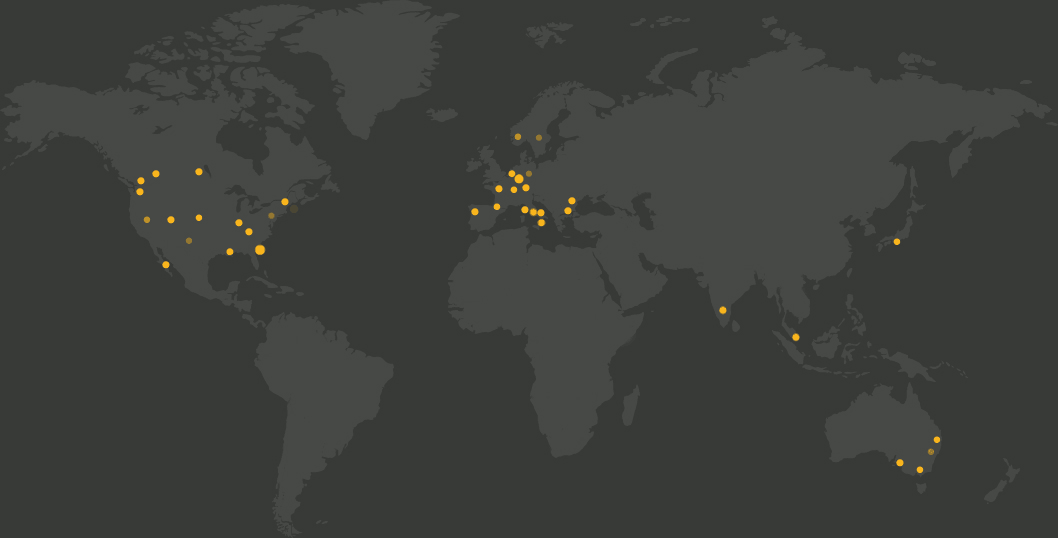Body language in the hybrid workplace
Posted 07 December 2021As the recent report Resetting Normal: Defining the New Era of Work, The Adecco Group and Modis’ new comprehensive global study shows, 71 percent of the global workforce report having created effective remote working environments for themselves since the start of the worldwide coronavirus pandemic.

But given that up to 93% of person-to-person communications can be non-verbal there is a risk that video conferencing’s reliance on appearance on camera provides us with ways both to disengage with our colleagues and to unwittingly display a lack of interest in a way that would not be considered acceptable in the office environment.
So, how can candidates circumvent these Zoom or Teams issues and engage with their potential employers?
It all comes down to body language.
Keeping engaged on and offline
Recent studies show that video calls leave us unable to detect non-verbal cues, Gallery views challenge the brain’s “central vision”, in-person communications make us happier and watching our own faces is mentally exhausting.
So rather than sinking into a chair during online meetings, try to sit up straight and distribute weight evenly, imagining a thread holding us up without tension. This posture indicates openness and willingness, showing colleagues we are taking an interest in what they have to say, and making them feel at ease.
And don’t forget to focus on the speaker and adjust your posture so that you keep your attention on the other person rather than your own face.
Power-up your body language
In 2012, social psychologist Amy Cuddy theorised that when entering “social threat situations” dominant parties assert themselves with strong, open poses while the “weaker” party withdraws. This can increase levels of the stress hormone, cortisol, making us feel more anxious in a social threat situation like an interview.
So before your next meeting why not try spending two minutes beforehand practising “power poses”. Arms held high, chin up or limbs spread helps us to build confidence. This is not an invitation to channel Freddie Mercury during a Zoom interview, but rather to charge ourselves up with testosterone and feel confident beforehand.
Making an impact in the office
Those returning to the workplace after many months of homeworking may have changed their expectations, so managers should be cautious of this too says Joe Navarro, former body language expert for the FBI. He advises taking a pause and observing our surroundings before diving in and making sure to be aware of co-workers’ preferences and fears.
Likewise, COVID has had an impact, so if people are not ready to be tactile just yet, we should respect that. “Look to see if your staff make eye contact and turn their feet towards you. If we’re comfortable around people, we turn our bellies towards them.”
As we move into the post-covid pandemic world Modis is committed to creating an inclusive workplace that allows all employees to thrive and develop and be respectful of needs. Discover more at modis.com
